Gardening pros share 7 low-maintenance backyard ideas for maximum impact without the toil
You can create a beautiful, low effort outside space with these simple ideas
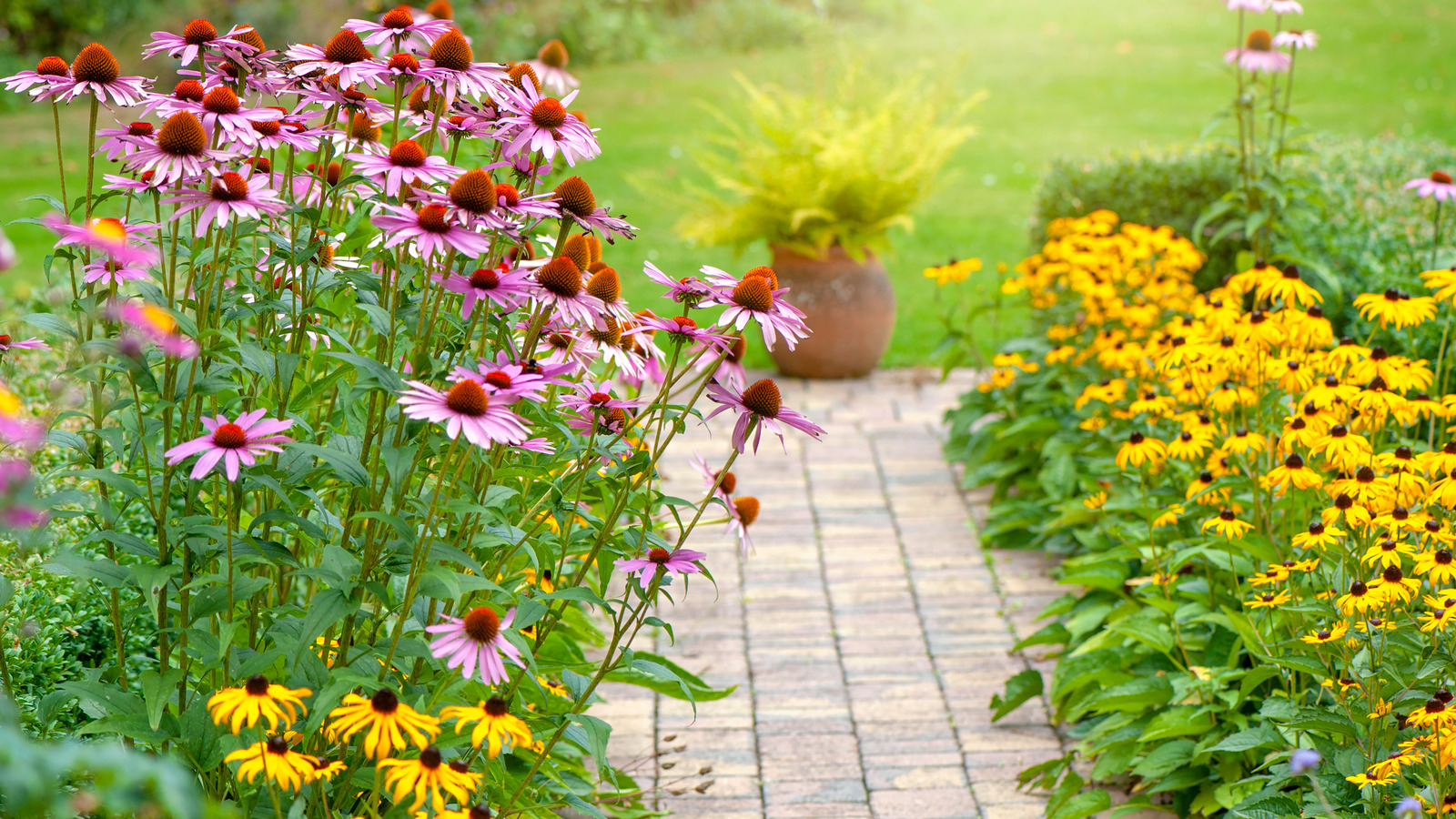
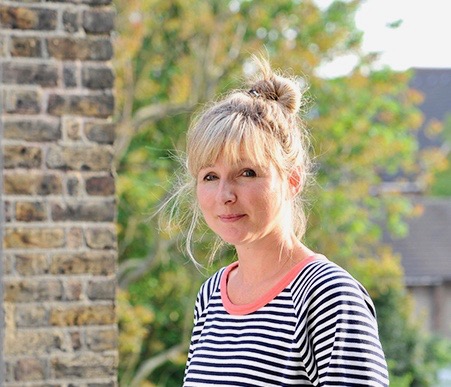
It's that time of year when our gardens start to flourish. Whether it's the blossom on the trees or spring flowers, such as snowdrops, crocuses and daffodils in full bloom, the life and color is returning to our outside spaces.
This means that backyard ideas may be top of your mind. Yet before you begin sowing seeds or buying new plants, it's worth pausing to think about how much toil you want to do in the coming months. Do you want to spend weekends pruning, mowing and watering or would you rather be able to sit and listen to bird song, smell the fragranced flowers and feast on effortless bumper crops?
Of course, any worthwhile garden takes some work, and mostly it's enjoyable, but it's entirely possible to reduce some arduous tasks without compromising on the beauty and abundance in your yard. Discover seven low-maintenance backyard ideas for maximum impact with minimal effort, according to gardening experts.
1. Introduce companion planting
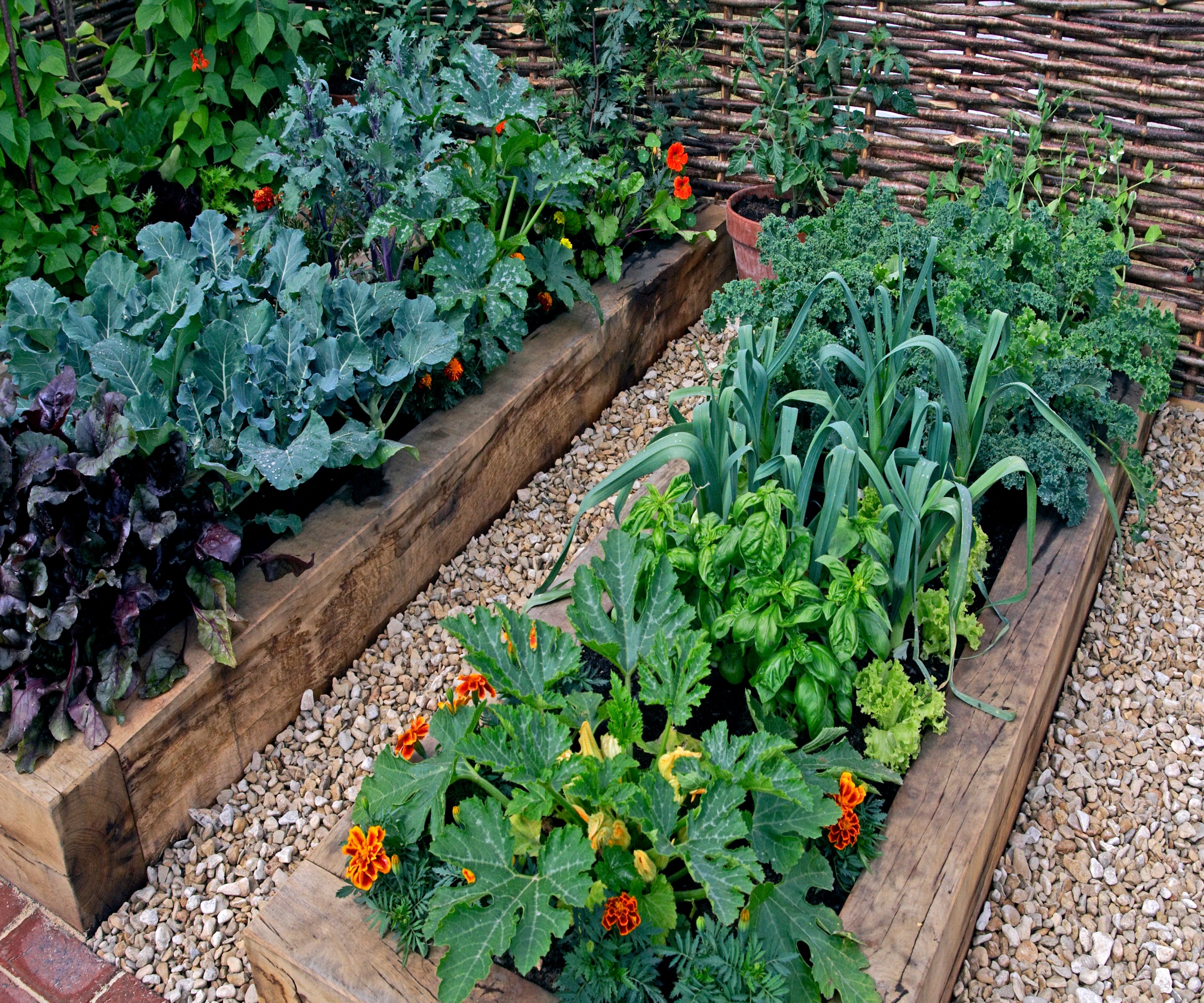
If you grow fruits and vegetables, companion planting can save you a lot of unnecessary work, such as fertilization and pest control. This technique consists of growing pairs or trios of plants together for the beneficial effects they provide to each other.
Aside from cutting tasks and saving you time and effort, companion planting reduces the need for toxic pesticides and herbicides too. Some of the best pest-repellent plants to consider include Marigolds, Basil and Dill. It is a great way to encourage pollinators and predators, reduce pests, suppress weeds and boost soil health naturally.
'An integrated vegetable garden - one that incorporates an array of flowering plants with the vegetables themselves - is an excellent way to diversify the garden and provide for a wide range of predators and parasitoids,' says Jessica Walliser, horticulturalist and author, Attracting Beneficial Bugs to your Garden.
'It also makes for a beautiful garden. A useful companion planting technique is to incorporate herbs into the vegetable garden. They can be readily harvested for kitchen use, and later in the season, when they are left to flower, they provide beneficial bugs with nectar and pollen.'
2. Attract birds with a feeder and bath
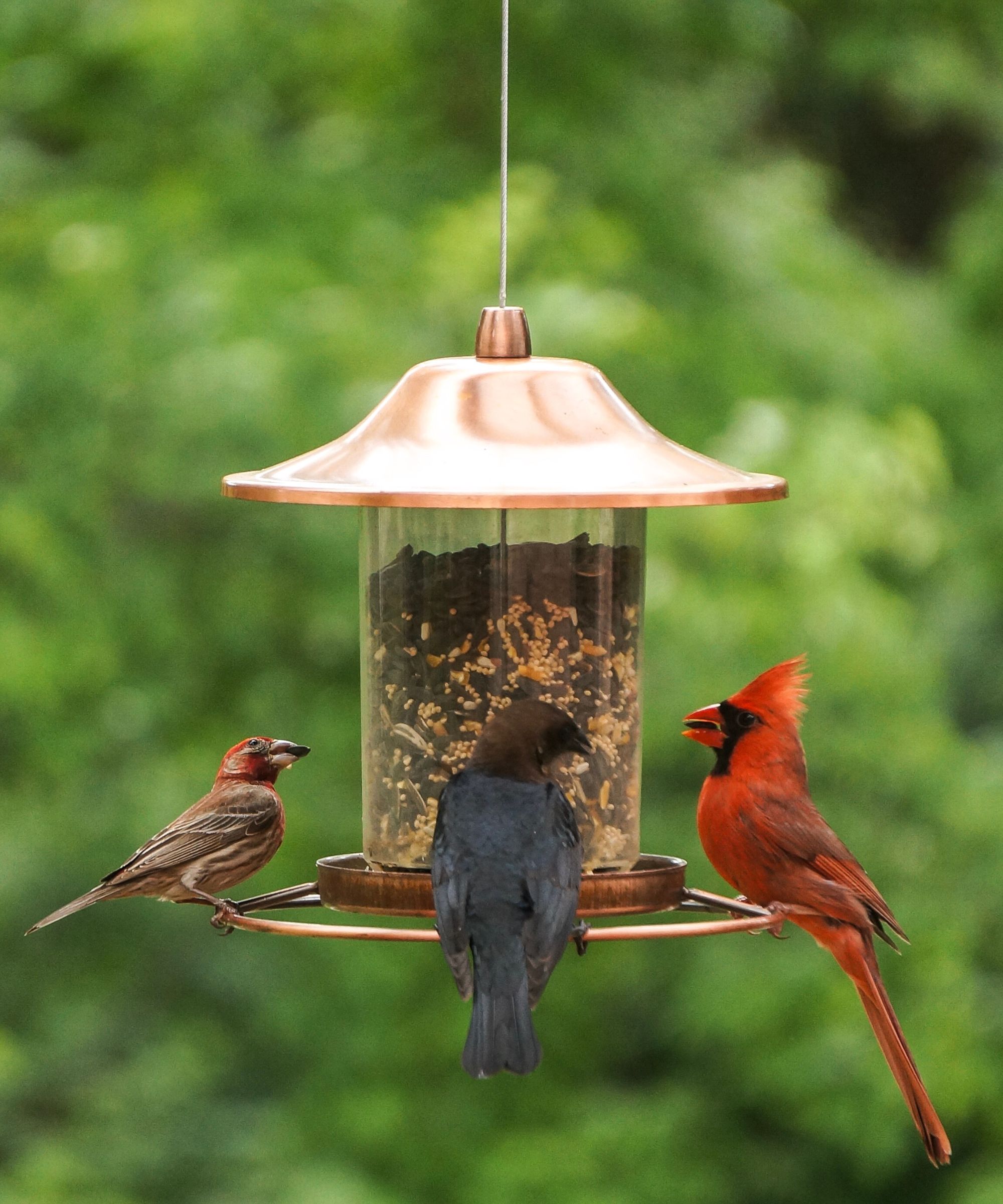
There are numerous ways birds benefit your backyard and attracting them is so simple. Not only will this increase your enjoyment of your garden, with their singing and swooping, it will help your plants too. Birds eat bugs, which will keep them off your blooms. It also means one less unpleasant job for you to be concerned with.
'There are many excellent reasons why you would want to attract birds to your garden,' says Susan Mulvihill, author, The Vegetable Garden Pest Handbook available on Amazon. 'They are delightful to observe, especially while feeding, bathing, or raising their young - and they are a sign of a healthy ecosystem.
'Many of them also eat pests. Because of this, they can be your partners for pest control. Birds will come to your garden if you meet their primary needs of food, water, shelter, and a place to raise their young.
'Many types of birds eat a variety of foods including seeds, suet, berries and bugs. Bluebirds, chickadees, finches, kingbirds, nuthatches, phoebes, sparrows, swallows, warblers, woodpeckers, and wrens are all insect eaters, although most will eat other foods, as well. Any of these would be a joy to have in your garden and the more the merrier.
'By hanging feeders that hold sunflower or thistle seeds, you will attract them very quickly. Chickadees, crossbills, and finches adore seed. Some birds change their diet depending on the season. For example, many will switch from a seed-based diet to insects and other bugs to feed their young.
'Suet cakes hung from tree branches or feeder poles attract nuthatches, pine siskins, thrushes, woodpeckers, and wrens. Berry-eating birds include finches, grosbeaks, warblers, and waxwings. Many wonderful native shrubs produce berries and look terrific in the landscape.
'Water is key too, because birds need to drink and bathe daily in order to stay healthy. There are many ways to do this, from small birdbaths and simple ponds up to large water features.'
Hang feeders and place bird baths where they can access them, away from cats and other predators.
3. Create a rain garden
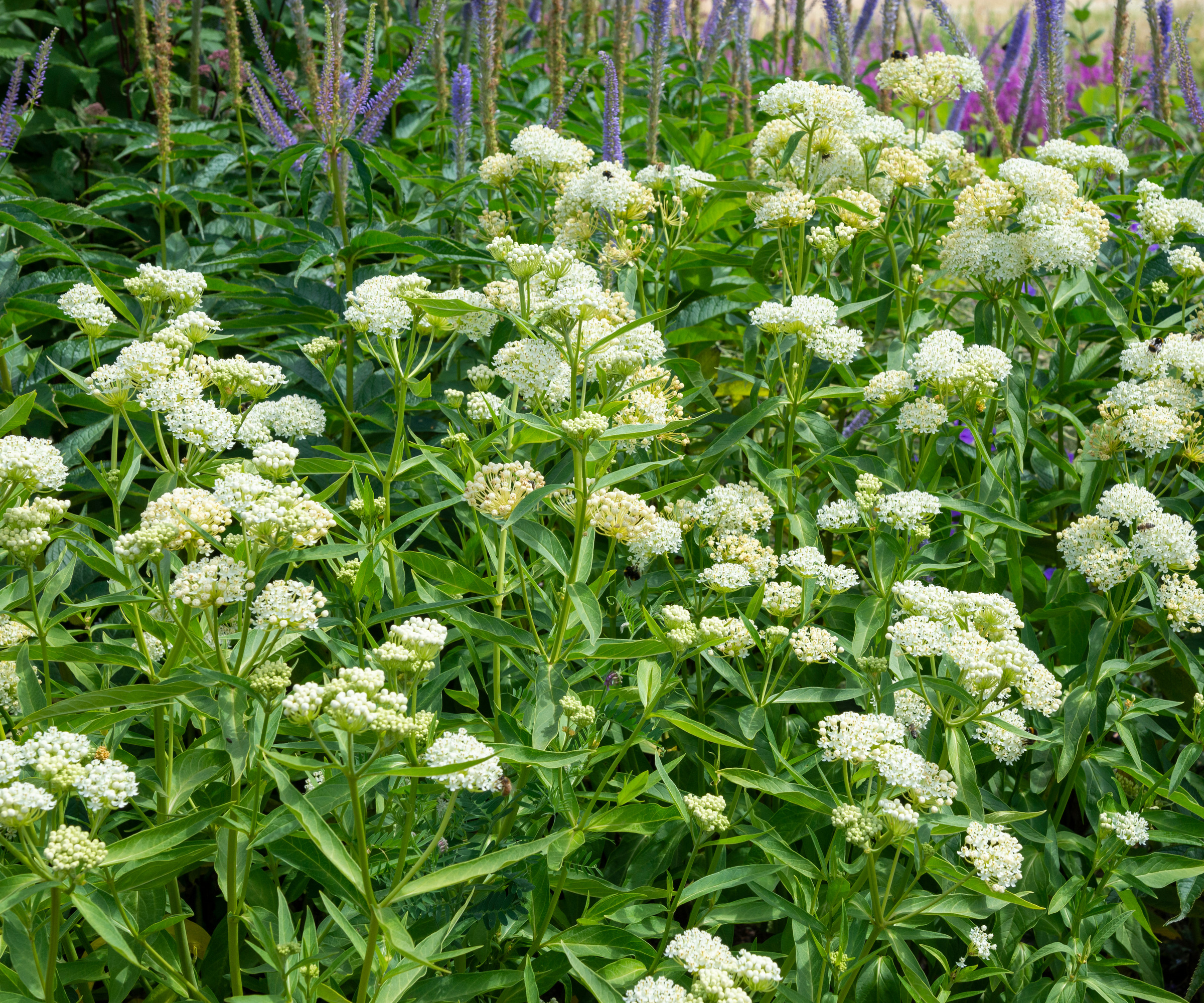
Swamp milkweed attracts and supports Monarch butterflies
This low-maintenance garden idea is one for those who live in regions prone to heavy rain, or who have sloping gardens with low patches where puddles collect. If you've been struggling to maintain a lawn or flower bed due to excess wet weather, consider creating a rain garden, which will take care of itself, instead.
'Springtime is when we tend to notice low spots or areas of our yard that are prone to flooding,' says Michigan-based, Anna Ohler, co-founder, Bright Lanes Nursery. 'These areas struggle to grow grass and traditional landscaping plants because of their frequently wet soil (and occasionally issues with water erosion). There are some plants, however, that thrive in this type of environment.
'Swamp milkweed, some varieties of Iris, aquatic sedges, and swamp plants like bog goldenrod all have deep roots that are specially suited to thrive in very wet soil. These rain garden plants can help absorb excess water in those low areas, as well as control flooding during periods of heavy rainfall. Rain gardens also help stabilize and enrich the soil through root stabilization and the natural cycles of decay each year.
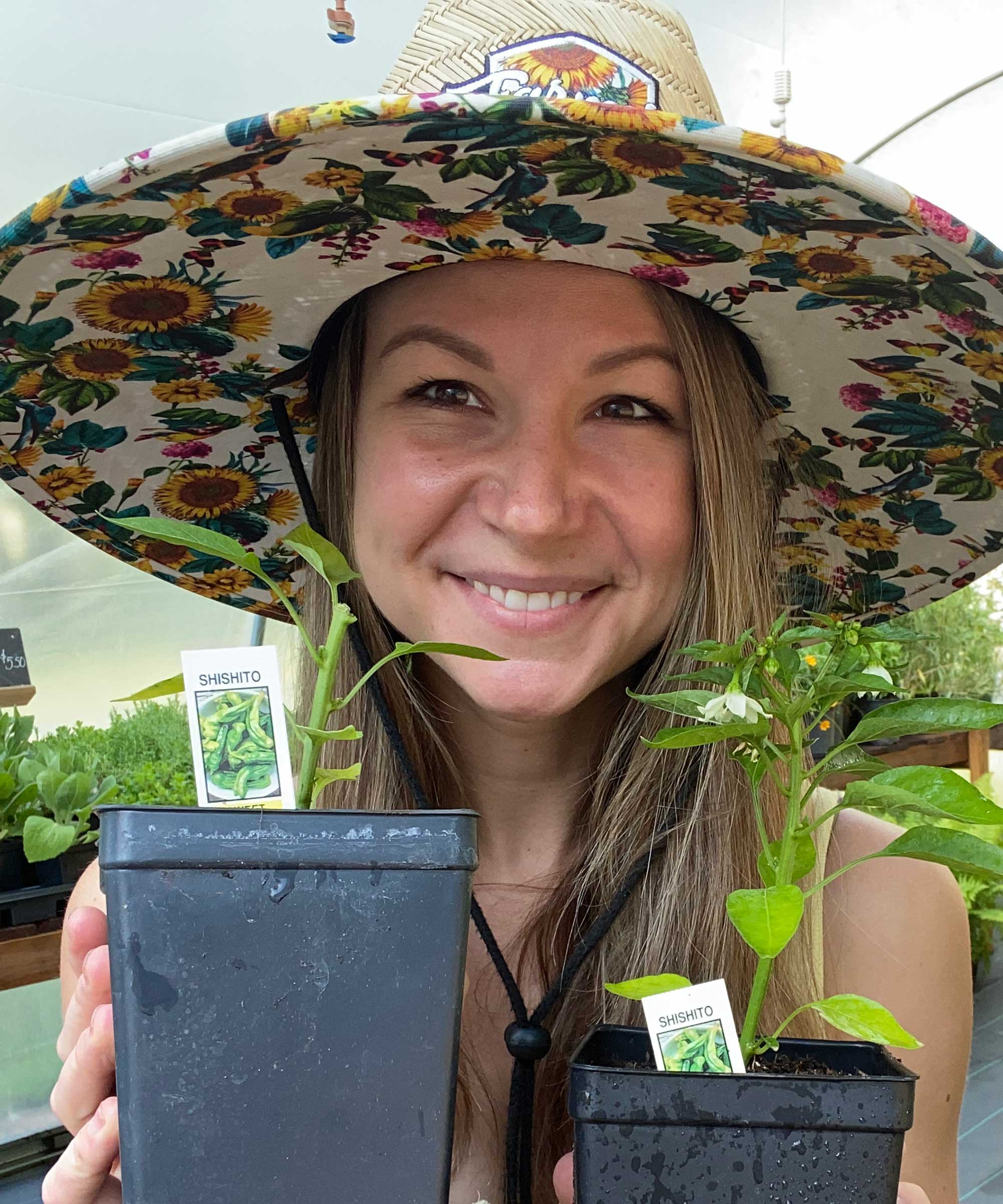
Anna Ohler is a passionate advocate for native plants, organic gardening, and sustainable landscape design. As a co-founder of Bright Lane Gardens, she shares her extensive knowledge of native plants, gardening tips, and eco-friendly landscaping solutions with her community. Anna specializes in creating thriving native landscapes that not only enhance the beauty of outdoor spaces but also support local ecosystems.
4. Install a drip irrigation system
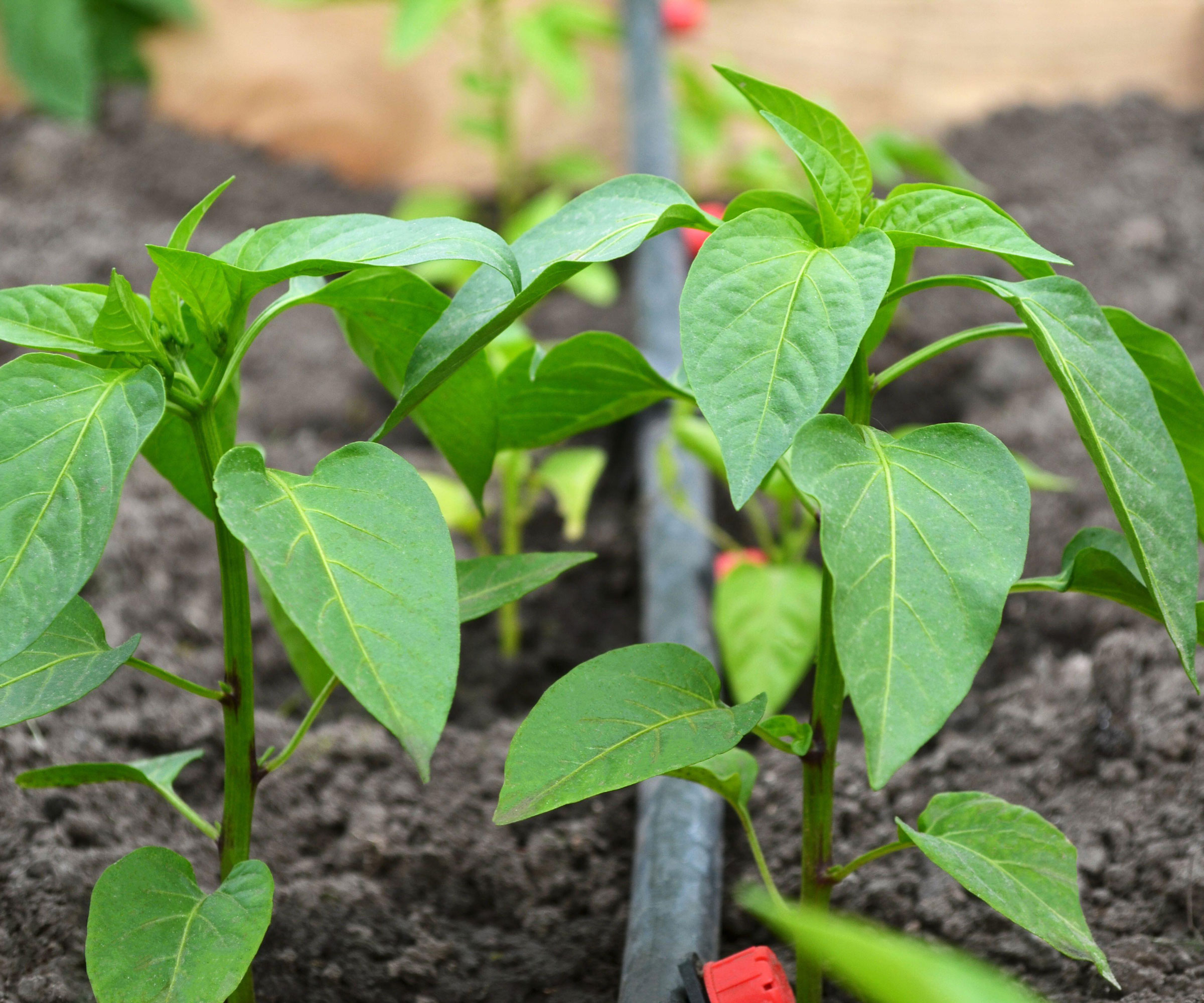
Attach a drip irrigation system to your rain barrel
Think of this idea as an investment of time, with high rewards. While a drip irrigation system will take several hours to set up, it will save weeks and months of time spent watering plants in your yard. Even better, if you can harvest rain water, and attach the hose to a rain barrel, instead of an outside faucet, as you'll save resources and money too.
'I recommend drip irrigation for pretty much everything from flower beds to raised gardens,' says Anna. 'It is a superior method of irrigation in many ways. First and foremost, it uses significantly less water consumption than overhead sprinklers because it drips water directly to the plant its intended for (instead of watering everything in that general area).
'Drip irrigation is also healthier for the plants because it doesn't soak the leaves and stems, leading to less risk of fungus or mildew growth. Lastly, drip systems can deliver a more consistent moisture level to the soil for each plant.
'If you're intimidated by setting up your own drip irrigation system, don't be. It is much easier to install than a full overhead irrigation system. There are also many kits you can purchase, or with a few simple materials you can DIY your own setup. Once your drip system is in place, it's as easy as setting a timer on your hose to ensure your plants get the perfect amount of water every day.'
It's entirely possible to make a DIY drip irrigation system, but if you're not so inclined, consider purchasing this Drip Irrigation Landscape/Garden Watering Kit with Drippers, Micro-Bubblers, Micro-Sprays from Amazon.
5. Swap your lawn for ground cover plants
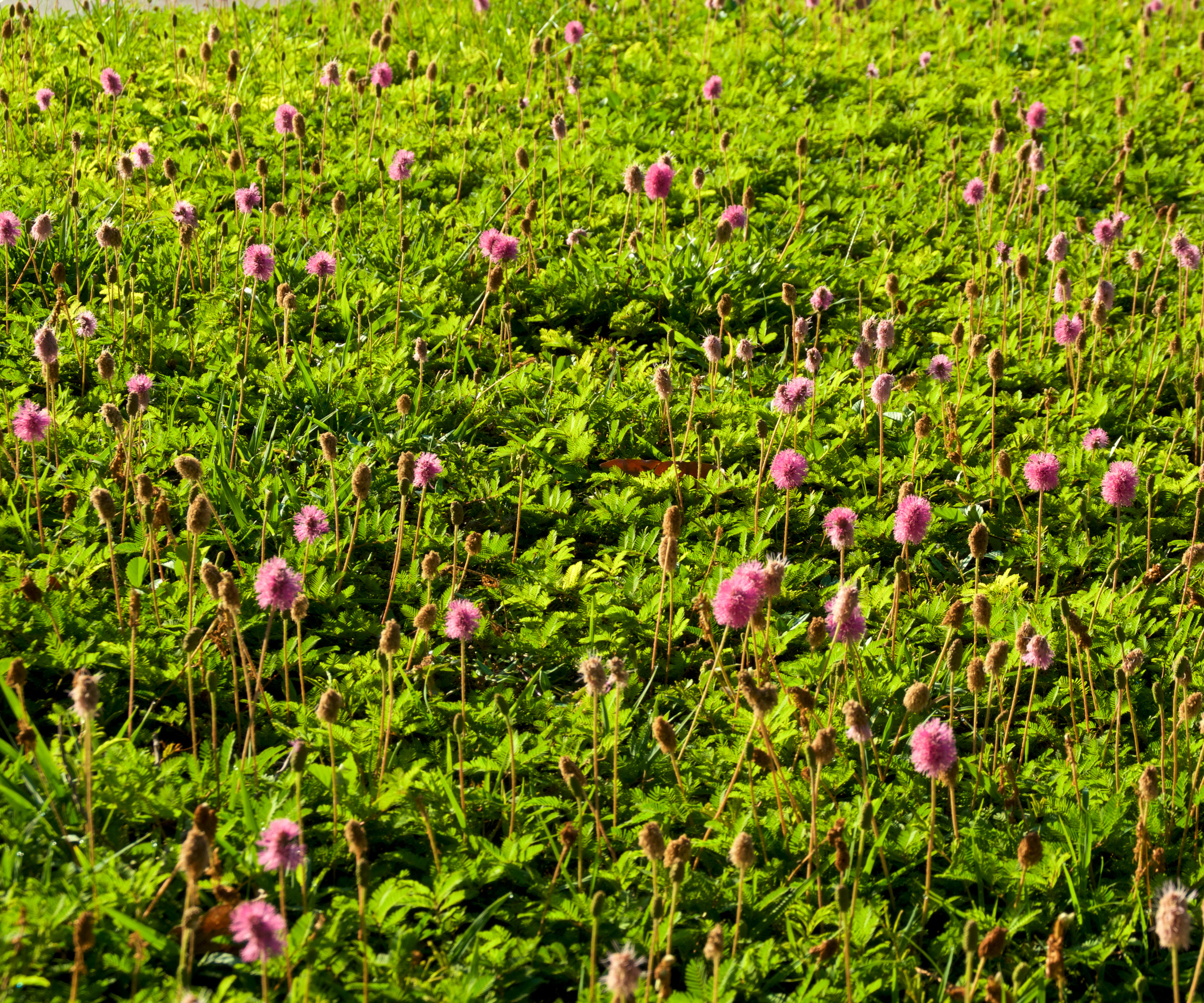
Lawns require a lot of maintenance, not to mention, increasingly precious resources, like water. As a monoculture, many ecological gardeners consider them a 'green desert', as regularly mowed lawns do little to support pollinators. Even less so, if they are smothered with 'weed killer', as daisies, dandelions and the like are food for beneficial bugs. Save yourself the hard work and replace your grass with a low-maintenance ground cover option that's native to your region.
'Instead of the traditional lawn, alternative materials like gravel and native grasses and ground cover plants are natural, sustainable, and require minimal resources,' says landscape designer, Rituparna Simlai, founder, Studio Arth.
'We've chosen Sunshine mimosa, a local mat forming wildflower species, for a project in Florida. It adds aesthetic value while also attracting butterflies and bees. Its mat formation effectively suppresses weed growth, due to its competitive root system, while the Mimosa is a host plant for the Little Sulphur or the yellow butterfly.
'A few accent Coonties, the only native north American cycads are placed along the boundary serving as magnets to the atala butterfly, which were once feared to be extinct in Florida.'

Based in Florida, Rituparna Simlai is the founder of landscape design firm, Studio Arth, an advocate for local building practices and the use of native planting palettes. She has recently been honored with the Exception Emerging Professional Award by the Florida chapter of the American Society of Landscape Architects (ASLA).
6. Plant native species
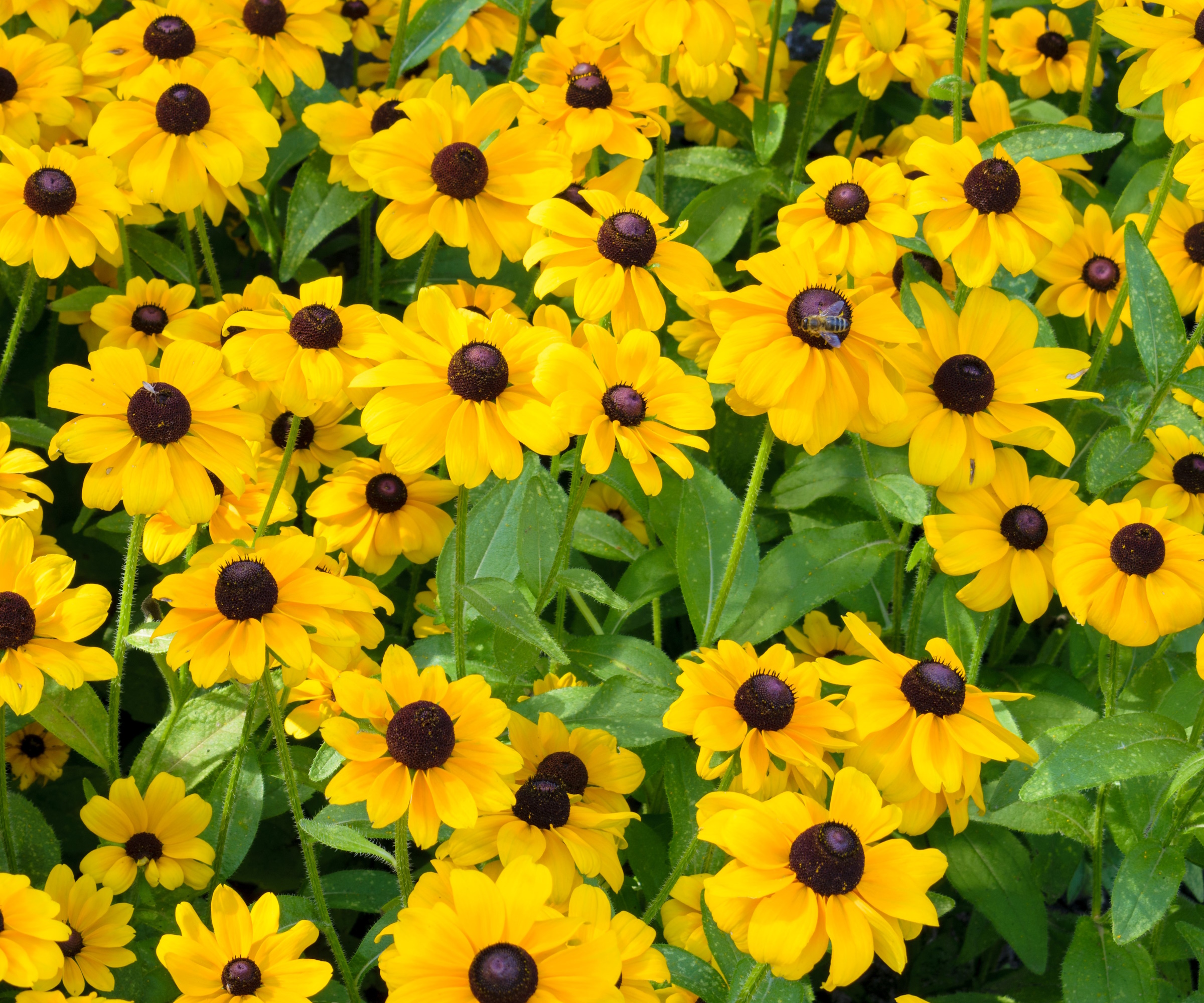
There are numerous reasons why native planting is worthwhile. Not only is it a great low-maintenance border or flower bed idea, it supports hungry pollinator populations and boosts biodiversity. This is because plant species that are adapted to your region, require far less work than non-native plants, which usually require supplemental watering, pruning, wintering and other maintenance tasks to thrive.
Ecological landscape designer, Kim Eierman is a huge advocate for native planting. 'There are native plants for every type of landscape,' says Kim, founder, EcoBeneficial and author, The Pollinator Victory Garden, available on Amazon. 'After establishment, native plants are low-maintenance; they don't need fertilizers or pesticides, so are cost-effective too. They also eliminate the need for mowing and gas-powered equipment, which pollute the environment.
'A good working definition of native plant is a plant that has occurred naturally for hundreds or thousands of years, in a particular region or ecosystem. Plants found in the United States before European settlement are typically considered to be native. Although, it's worth noting that while a plant may be native to some states, it may not be suitable for planting in more distant states, where it has not evolved.'
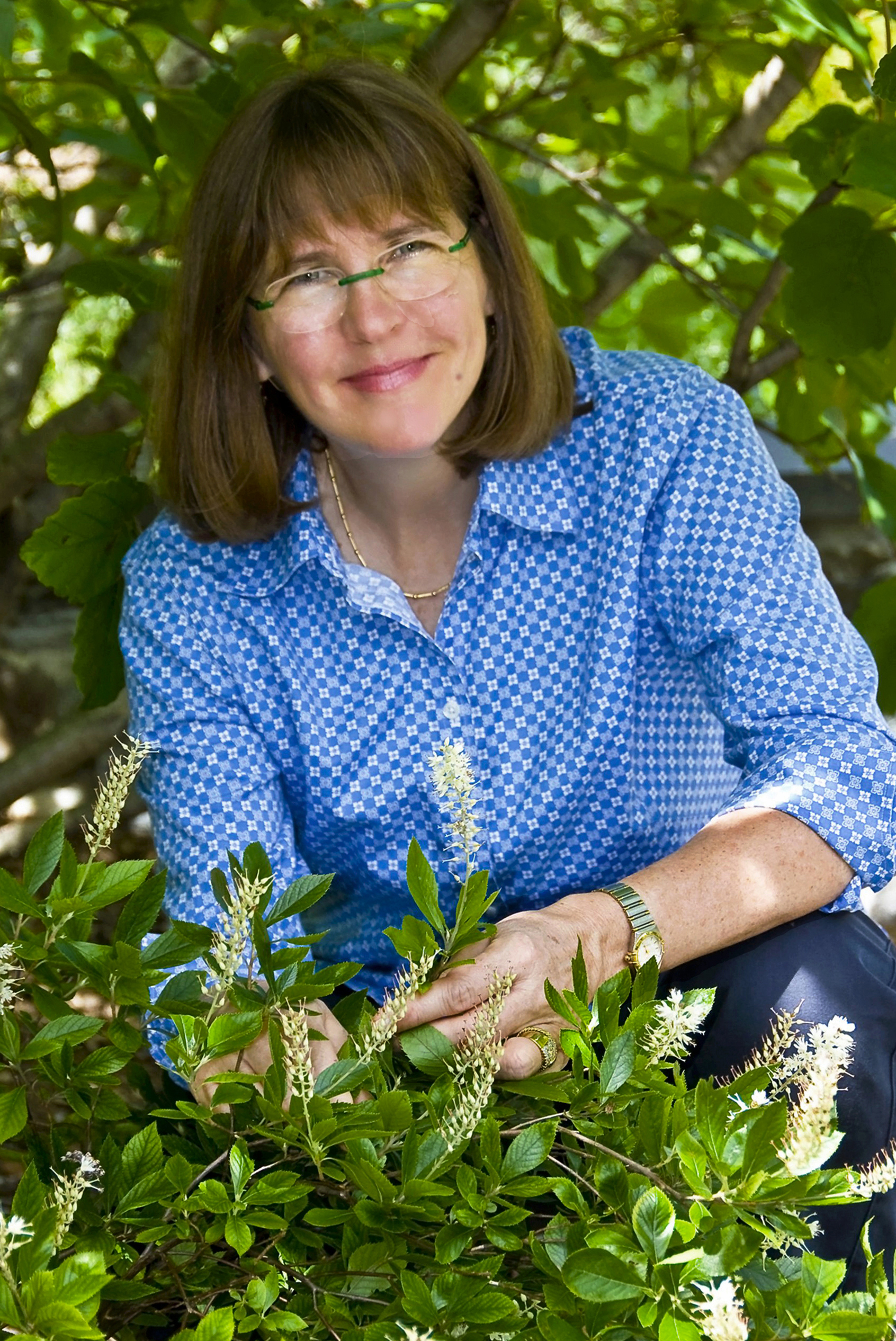
Kim Eierman is the Founder of EcoBeneficial LLC. She is an ecological landscape designer and environmental horticulturist specializing in native plants. Based in New York, Kim teaches at the New York Botanical Garden, the Brooklyn Botanic Garden, The Native Plant Center and the Massachusetts Horticultural Society.
7. Choose permeable hardscape options
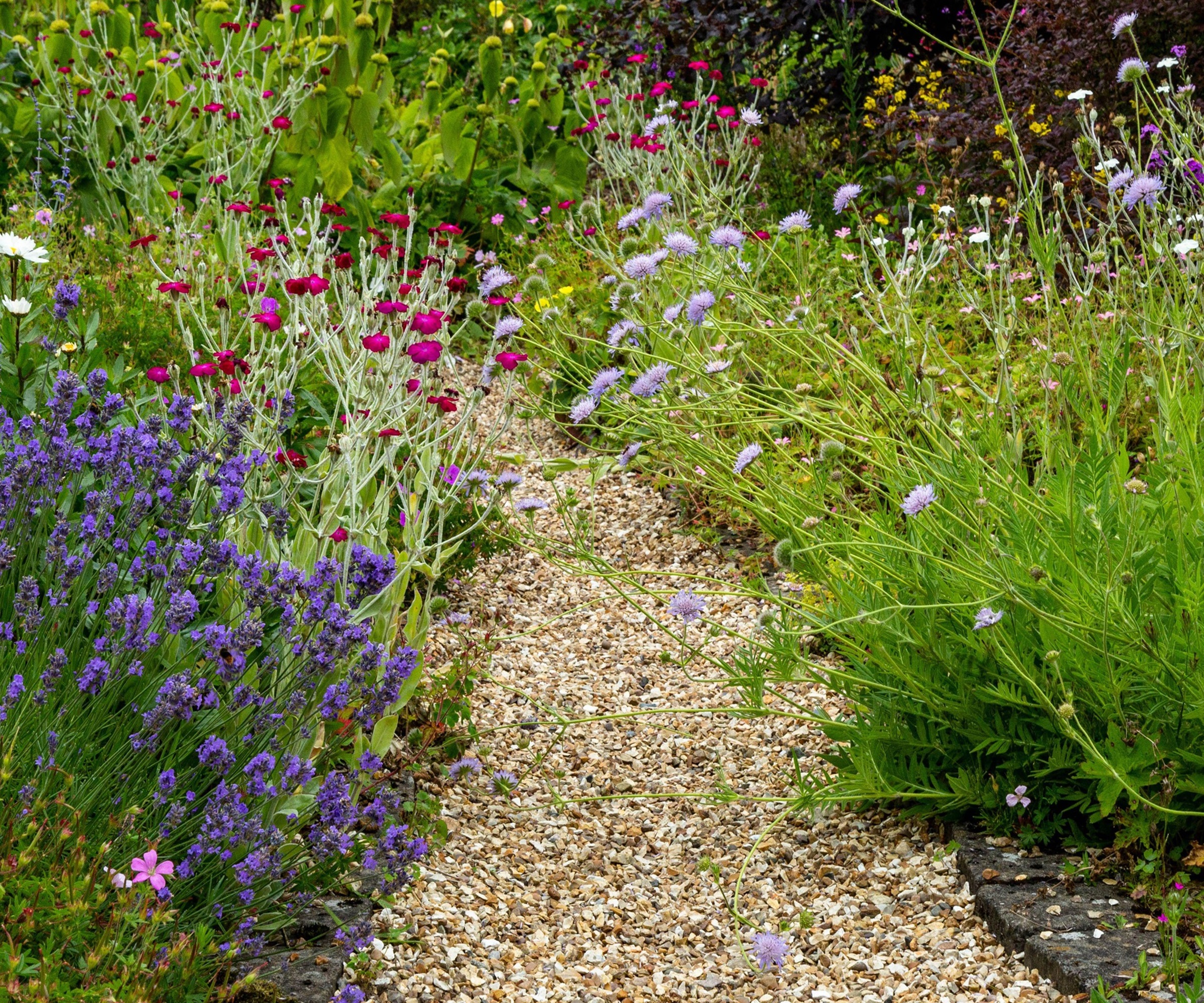
Whether you're considering patio ideas or pathways, permeable options are often easier to maintain. Aside from the maintenance that hardscape materials, such as concrete slabs, and other non-porous materials require to keep them clean, there can be knock-on effects too, such as drainage issues. This is because rainwater isn't able to flow into the soil below, contributing to flooding and other potential problems.
'When designing hardscape areas for seating or pathways, we like to use a combination of gravel, Mexican Riverrock, and crushed cocquina shell instead of concrete,' says Rituparna. 'This promotes natural water filtration and allows tree roots to expand deep within the earth.
'By allowing the roots to spread as freely as the canopies, the landscape design ensures the resilience of the trees, safeguarding against the potential hazards of hurricanes and strong winds.'
Although they require some initial work, any of the tasks outlined above will save you time and effort in the long run. So consider introducing some of these ideas into your backyard, so that this summer you can put your feet up, relax and enjoy it.
Sign up to the Homes & Gardens newsletter
Design expertise in your inbox – from inspiring decorating ideas and beautiful celebrity homes to practical gardening advice and shopping round-ups.
Jacky Parker is a freelance lifestyle journalist and writer, producing a wide range of features for magazines and websites. She has written for Homes & Gardens and its sister titles, Livingetc and Country Homes & Interiors for more than 15 years, both as a freelance contributor and staff member, regularly reporting on the latest interiors, gardens and lifestyle inspiration, speaking to experts in their respective fields and discovering the newest tips.
You must confirm your public display name before commenting
Please logout and then login again, you will then be prompted to enter your display name.
-
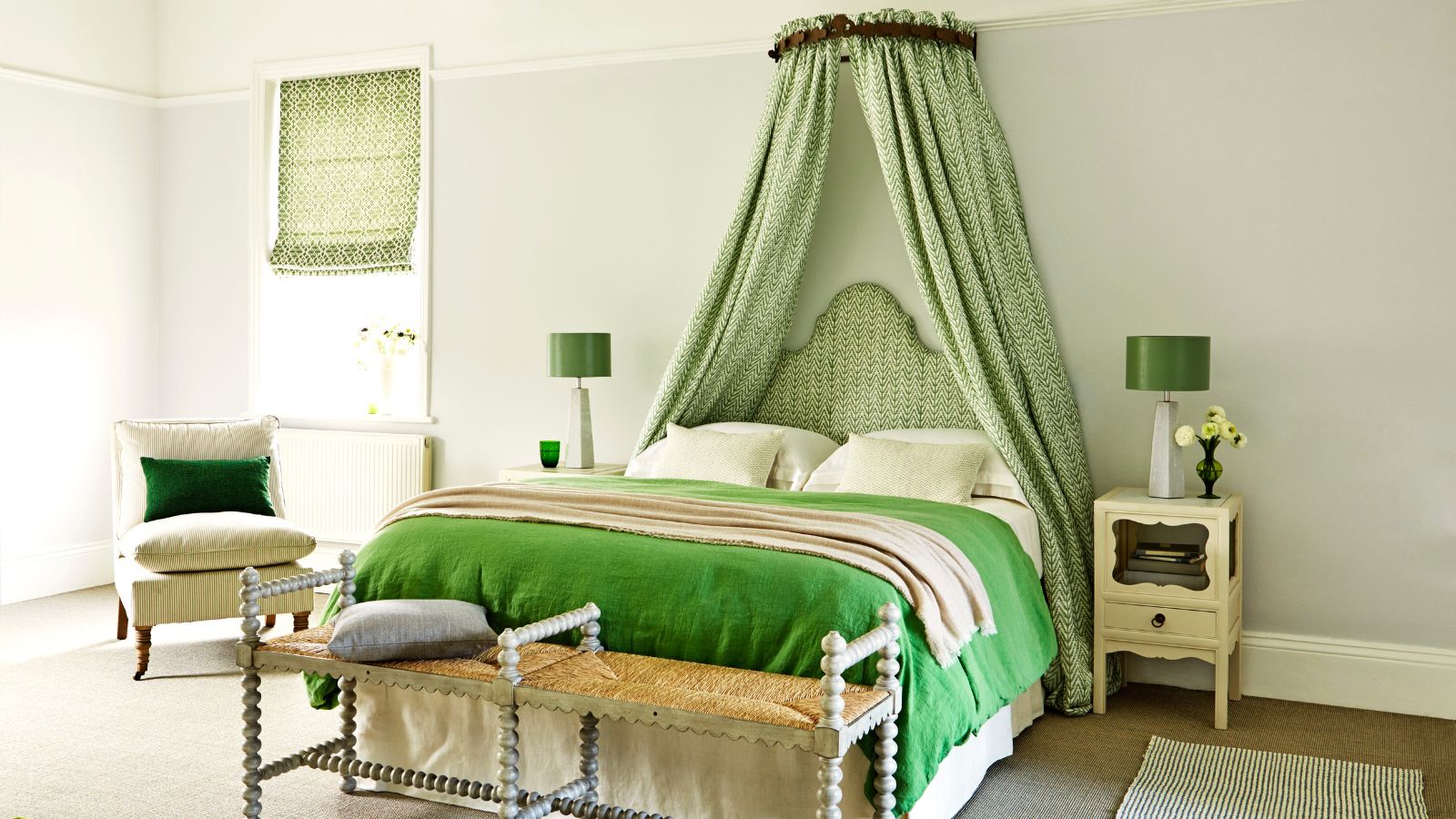 I'm an expert vacuum tester, and no, you really don't need a mattress vacuum – here's what to use instead
I'm an expert vacuum tester, and no, you really don't need a mattress vacuum – here's what to use insteadBefore investing in a new gadget, the tried-and-true methods still work
By Dan Fauzi
-
 Charli XCX's front door color 'feels deliberate, and almost calculated' – estate experts say it carries authority (but it comes with a warning)
Charli XCX's front door color 'feels deliberate, and almost calculated' – estate experts say it carries authority (but it comes with a warning)The singer's sophisticated front door color gives a 'psychological head start' to sellers, but it has a potentially unlucky downside
By Megan Slack